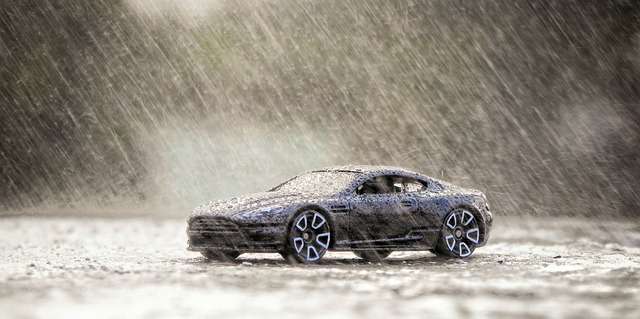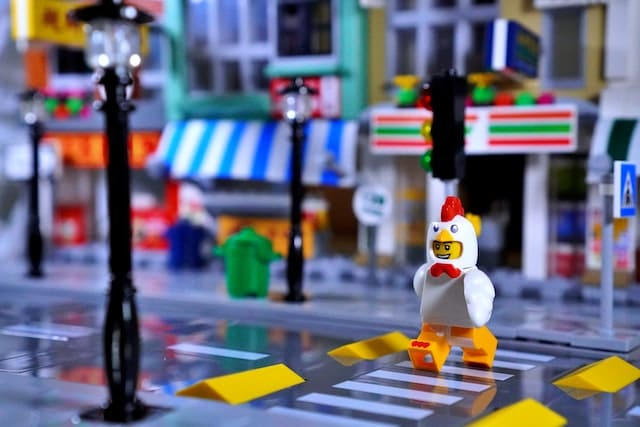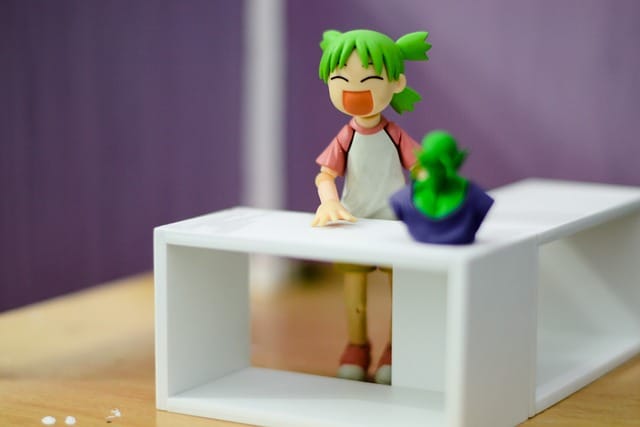Just like all digital cameras, the best way to learn how to use your first DSLR camera is to use it often. Practice makes perfect and of course, learn some beginner DSLR tips. The following should guide you with the basics of using a DSLR and how to use some cool updated features as well.
How to use a DSLR
DSLR is short for digital single-lens reflex camera and it uses the mechanisms and optics of an SLR as well as a digital imaging sensor. This kind of camera has replaced traditional film-based cameras and even if the mirrorless system is slowly becoming more popular, the DSLR is still the most common as of 2019.
Understand the different shooting modes
The very first thing to consider is to learn the various shooting modes that your camera is capable of. You’ll find these labeled as Auto, TV, PV, M, and P. The shooting mode tells your camera how to take photos. For instance, Auto is when your camera is working automatically from exposure to shutter speeds.
AV or A stands for aperture priority and the camera is semi-automatic. You choose the aperture while the camera selects the shutter speed. TV or S is shutter priority and is the opposite of AV as you get to choose the shutter speed while the camera selects the aperture.
P is for program and this is where you can adjust the shutter speed or aperture while the camera adjusts the exposure. Meanwhile, M is for manual and with this setting, you’ll have full control of your camera.
Getting to know ISO
ISO is how much light-sensitive your camera is and is represented from 100 which is the lowest setting to 6400 the highest sensitivity and more. ISO setting controls the light needed by the sensor to achieve a certain exposure.
Low ISO is for outdoor daytime shots when there is lots of light. Meanwhile, ISO numbers make the sensor more sensitive and increase the amount of light available to give you perfect results. If your DSLR comes with an automatic ISO function, it will allow you to define a limit or you can override this setting altogether.
The exposure triangle
The exposure triangle refers to shutter speeds, aperture, and ISO and is all linked and interrelated. Changing one will impact others. For instance, you want to reduce field depth and use f/4.0 aperture then you will be widening the aperture size by two f/stops and increase light by a factor of 4.
Balance the exposure by reducing shutter speed by 4 or 1/40th of a second, reduce ISO by 4 or to ISO100 or a combination of shutter speed by 2 and ISO by 2 or ISO200. Understanding ISO and its relationship with shutter speed and aperture is a good way to further master your DSLR.
Master focusing your DSLR
No matter what mode you’re in, you will have a subject that you want to focus on. If you fail at this point, the outcome will not be as good as you want it to be. Most DSLR comes with two auto-focus modes: AF-S or autofocus single for stationary objects and AF-C for autofocus single.
These two rely on focus points or the squares or dots that you see through the viewfinder. Half-press the shutter and one of these dots or squares will become red; this is the active focus point. Traditional DSLRs have 9 focus points while new ones may have more than 50. Make sure that your camera focuses on where it needs to. Do this without taking the camera off your eye.
About file sizes and file types
Setting file size to the highest possible (up to fine, superfine, or large) helps you fully take advantage of your camera’s megapixels. Your DSLR will also allow you to save your files as jpeg or raw file types. Raw files are uncompressed so more image data is used while jpeg files are compressed and are ready to print out of your device.
Important tips to consider
1. Hold your DSLR properly.
Most cameras are heavy and thus must be held with two hands but holding it with one hand will stabilize it. If you’re right-handed, your dominant hand should be on the handgrip with one finger on the shutter. The non-dominant hand must support the lens.
2. Consider the horizon level.
Use markers found on the optical viewfinder to get the horizon level.
3. How to shoot moving objects/subjects.
To stop movement, use a faster shutter speed ideally from 1/500th or higher. To slow down an image, use shutter speed from 1/15th of a second or lower.
4. Shooting with light
A light found overhead will make your image flatter while light found lower will create images with good depth. For outdoor shooting, the beginning of the day is the best time because you’ll get more pleasing images. Shoot away from the light source to illuminate your subject rather than cast a shadow.
5. Learn to protect your camera
The two most important accessories are a clear UV filter and a sun hood. Both will protect your lenses. Always keep your camera inside its case when not in use.
With constant practice, you’ll surely be a DSLR pro in no time. Consider different subjects, practice indoors and out and play with the camera settings to become more familiar with your DSLR.
References:
https://digital-photography-school.com/megapost-learning-how-to-use-your-first-dslr/
https://www.findingtheuniverse.com/dslr-camera-beginners-guide/#How-to-Use-Your-DSLR-Camera
https://www.bobbooks.co.uk/blog-post/20-essential-photography-tips-for-beginners-1






